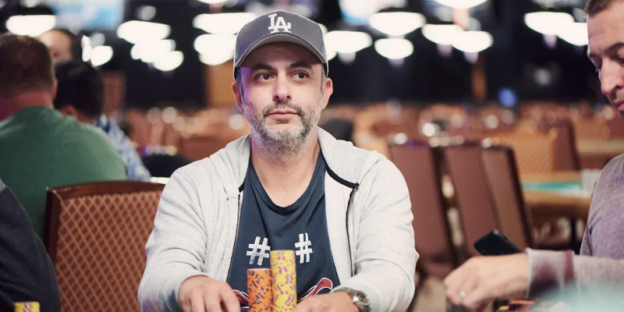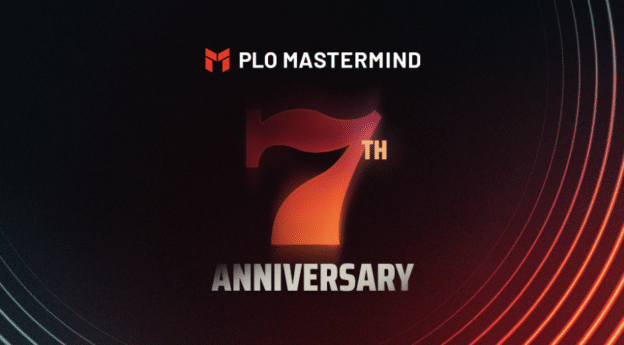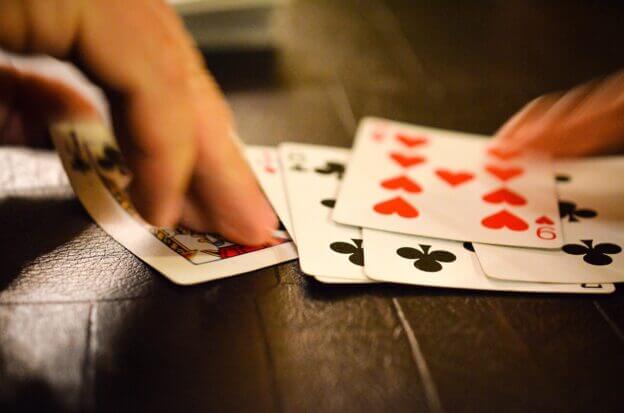Donk betting in poker means that we are taking away the betting lead of the aggressor of the previous street. For a long time, this has been something within poker that goes against the norm, and that is what the word donk betting refers to.
However, now that we are working more and more with solvers, both in PLO as well as in No Limit Hold’em, we realize that the aggressor of the previous street is not always supposed to do the betting. Therefore donk betting is something that takes place a lot, especially in PLO strategy.
In a GTO setting, making a bet is a function of leveraging informational advantage, range composition, and SPR.
So a bet is a function of leveraging informational advantage: what cards you have in your hand, and what other information you have. The goal of a bet is to realize your equity, and to prevent your opponent from realizing his equity.
Why should we donk bet?
Don’t betting allows us to gain value on boards where our opponent will check back very often.
So for example, if your opponent’s range doesn’t connect well to the board texture, he is often going to do a lot of checking back. And if that is the case, and at the same time your range connects okay or very strongly, then you are supposed to do a lot of betting yourself.
Doing so allows us to deny equity realization for the in-position player.
If we’re always going to check, or if we’re going to check a lot out of position, the in-position player can realize his equity much better because he has the opportunity to check back and take a free card. That is obviously a huge advantage with a lot of hands in this range that don’t want to bet because they don’t connect well with the board, or they don’t have strong blockers or additional equity.
So, if we do the betting, we force the other player to either put in some money with these marginal hands, fold out some equity, or basically deny equity realization. It’s much easier when you’re in position to realize your equity of course, because you always have the chance to check back and take a free card.
Donk betting allows us to bluff cheap.
In other words, by making one bet as a donk bet or a lead, this bet is much cheaper than checking and check-raise bluffing, because if we check-raise bluff, we’re investing much more money.
A donk bet range should often be part of the strategy when range versus range interaction with the board favors the out of position caller of the previous street.
So whenever you are the caller of the previous street, and the next card comes and this card is good for your range, you are often supposed to do a lot of betting, being first to act on the next street.
Because your opponent will notice that this card either isn’t good for his range, or that it improves our range, he will be more selective and careful with his betting strategy and often check back more often. That is why we are suddenly supposed to do quite a bit of betting.
Situation with Hand Examples
For the rest of the article we’re going to focus on a Big Blind versus an in-position player on a heads-up single-raised pot scenario. Most poker hands will be played in a heads-up single-raised pot between the big blind and an in position player, therefore playing this spot well is crucial for your poker success.
We are going to use an scenario example from our Crushing Small Stakes PLO course, described in the clip below.
Made Hands
Straights
High lead frequency with nut straight, 2nd nut straight needs backup.


When you think about made hands, the first hands here are straights of course.
Straights are being a high frequency lead when we have the nut straight, and with the second nut straight we need some backup because if we get called, we want to be able to bet as many turns and rivers as possible.
Sets & 2 Pairs
High lead frequency with backup.


Sets and 2 pairs are also a high frequency lead here, and especially if they have additional equity and backup. Again, if you want to bet, or if you want to lead with made hands, you want to be able to bet as many turns and rivers as possible also, and therefore you need often backup. You could also check, and every now and then go for a check-raise.
Remember that our opponent isn’t going to do as much betting as on certain other boards so we want to make sure to implement an aggressive leading strategy here to get some value.
Backdoor nuttiness is often needed. A hand with a backdoor flush draw is leading much more often than a hand without it.
Bluffs
Blockers
High lead frequency with additional equity/blockers.
Straight blockers are great blockers on a static board like this. These are high frequency leads, but they often need additional equity/blockers.
Although the board is pretty static we can get away with leading some very bear combinations, but in general we still prefer to have some form of backup. If you check, it could also be had that you are willing to check raise in some instances.
Board Pairs
High lead frequency with low showdown value.
A board pair would be a high frequency lead if you have low showdown value. These heads are great candidates to go for a lead because they have some blocker value, but are too weak to check-call, or even check-raise.
They can still improve to a 2 pair hand or a backdoor flush draw, and because we are leading quite aggressively on this board texture, we need to find enough bluffs in our leading range and bear pair blockers to the board are great candidates to do this.
Straight Draws
High lead frequency without showdown value while holding nuttiness.
These are high frequency lead without showdown value while holding nuttiness. We don’t have any value at the moment or we don’t have a made hand, we cannot check or check-raise because the hand is too weak for that.
But on the other hand, we do have some nearby blockers, we do have some nutted equity, we can turn some wraps or a backdoor flush draw.
Additional blockers and showdown value become more important when we talk about bluffs, because we need to create additional fold equity.
Conclusion
In this article, we’ve looked at what hands are bluffing or betting for value, but we also want to look at some population tendencies, so here is another clip from our Crushing Small Stakes PLO course, where I go into the numbers for small stakes PLO.
When we think about range composition, which range connects better with a certain board texture, the one range that is connecting better is often going to do the betting. But there may also be different parameters that decide who is going to do the actual betting.
The goal of the donk bet is to try to over-realize your equity by betting and getting value from your opponent, or by making him fold, which denies his equity. A great way to be sure when to donk bet is with our pre-solved PLO Trainer Web App.






